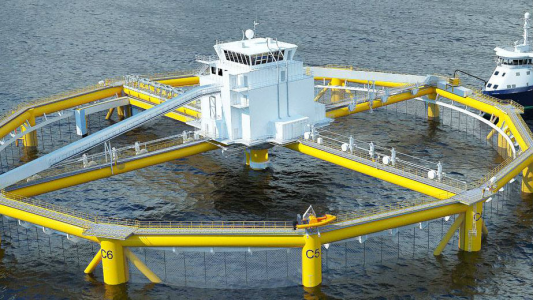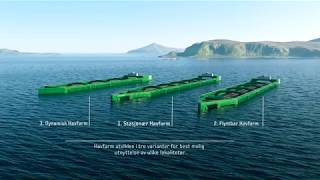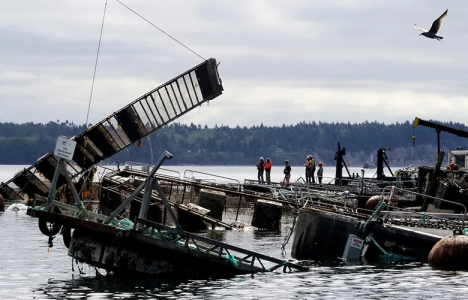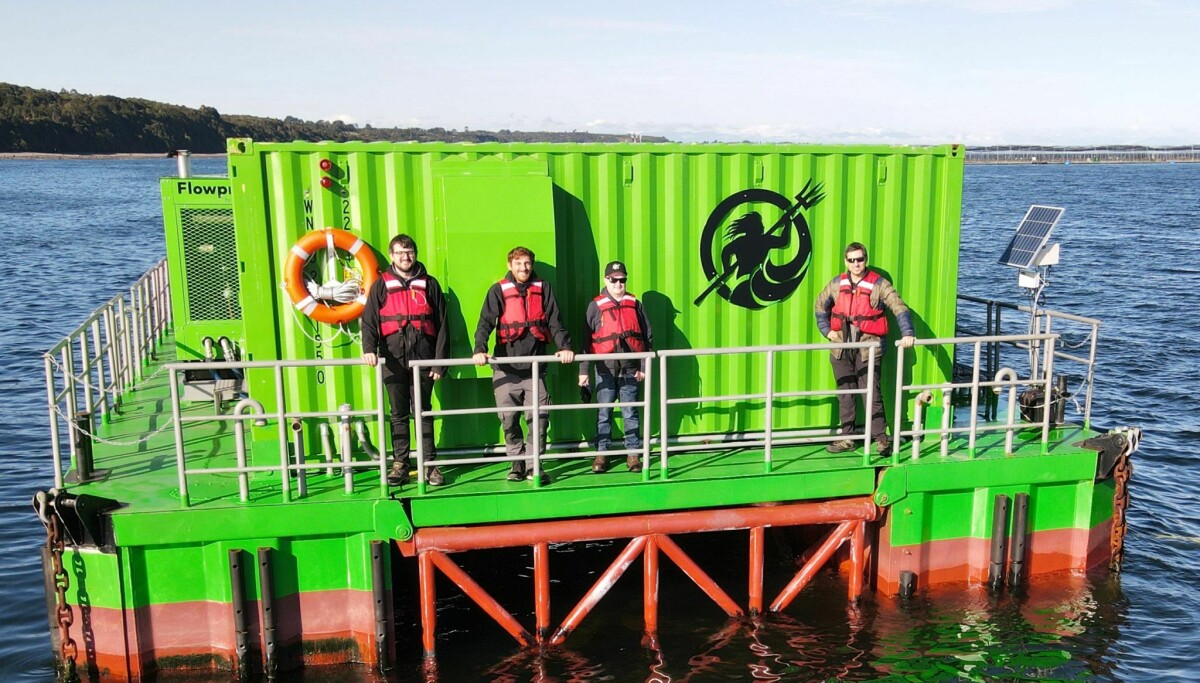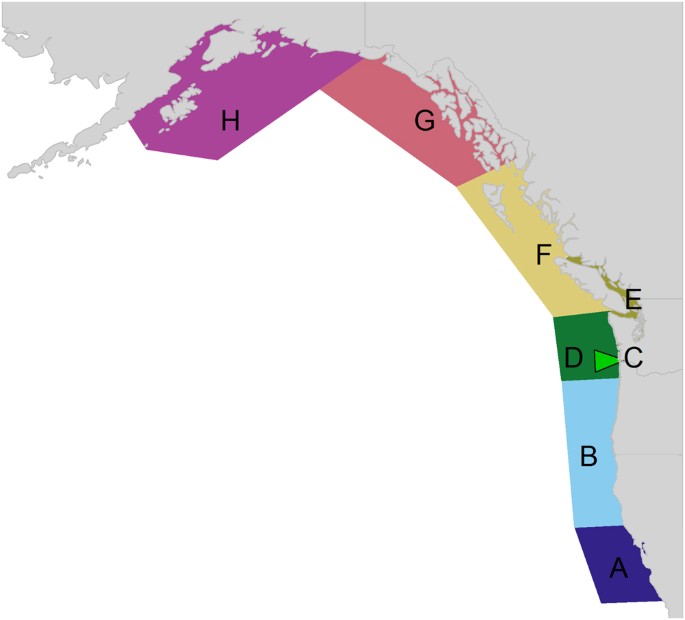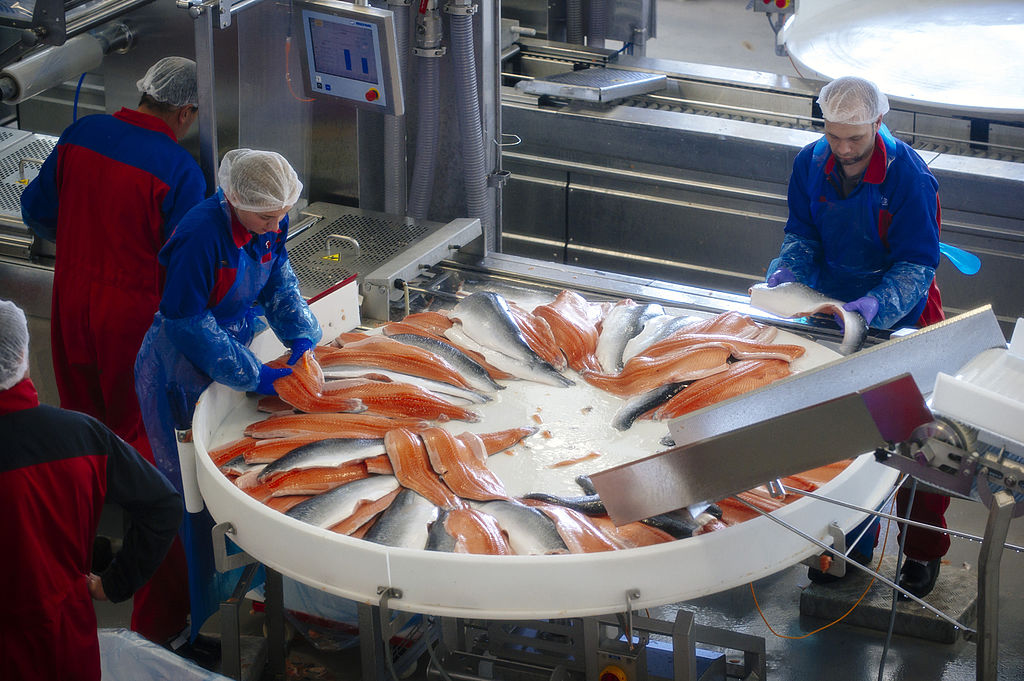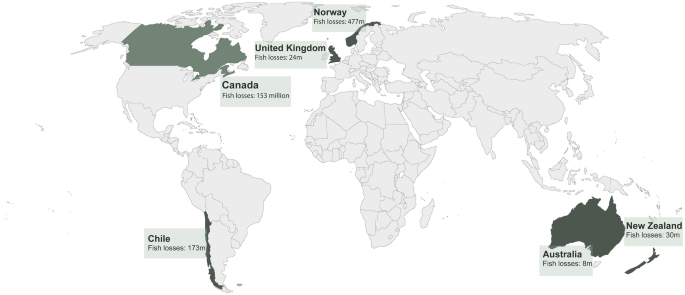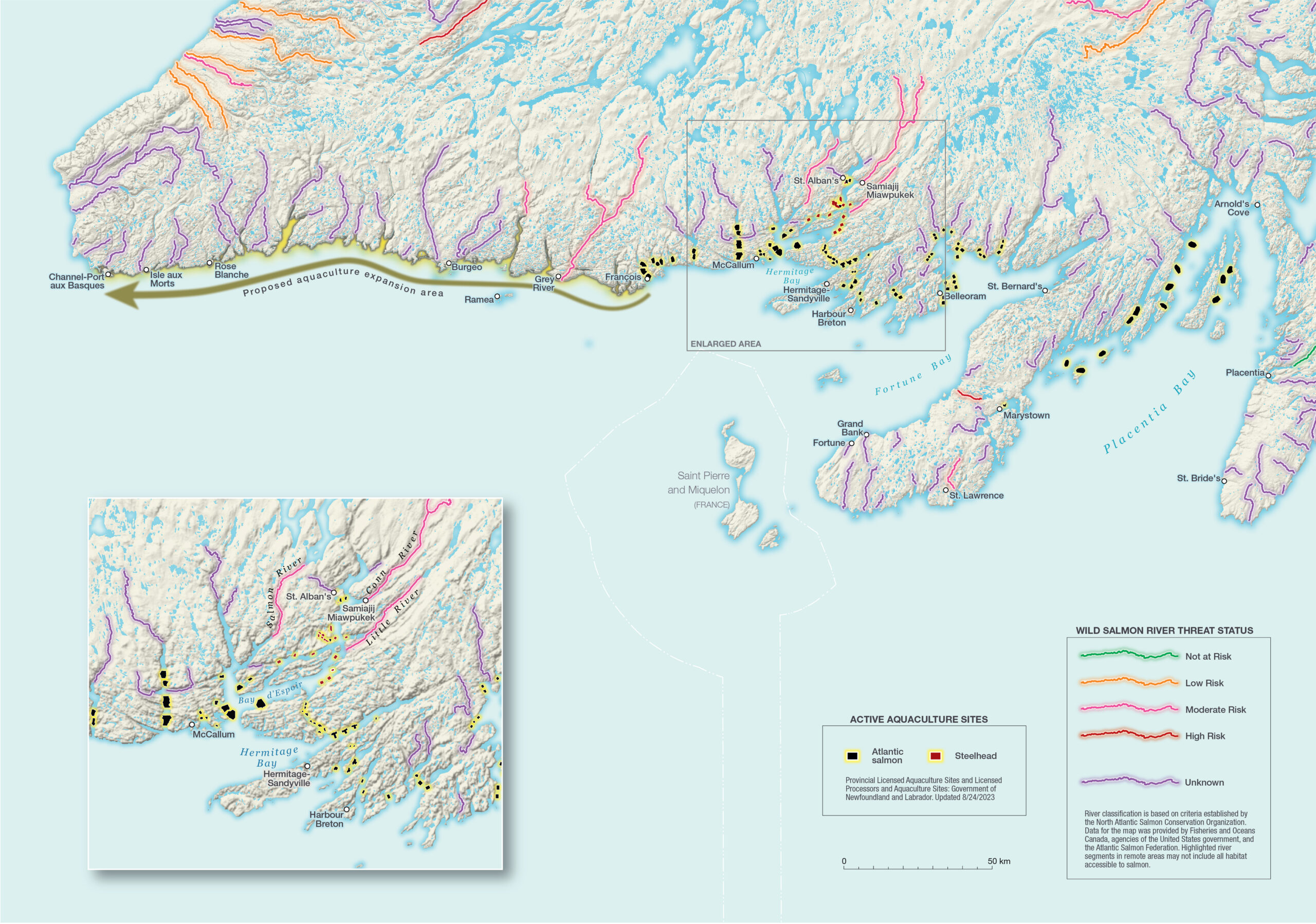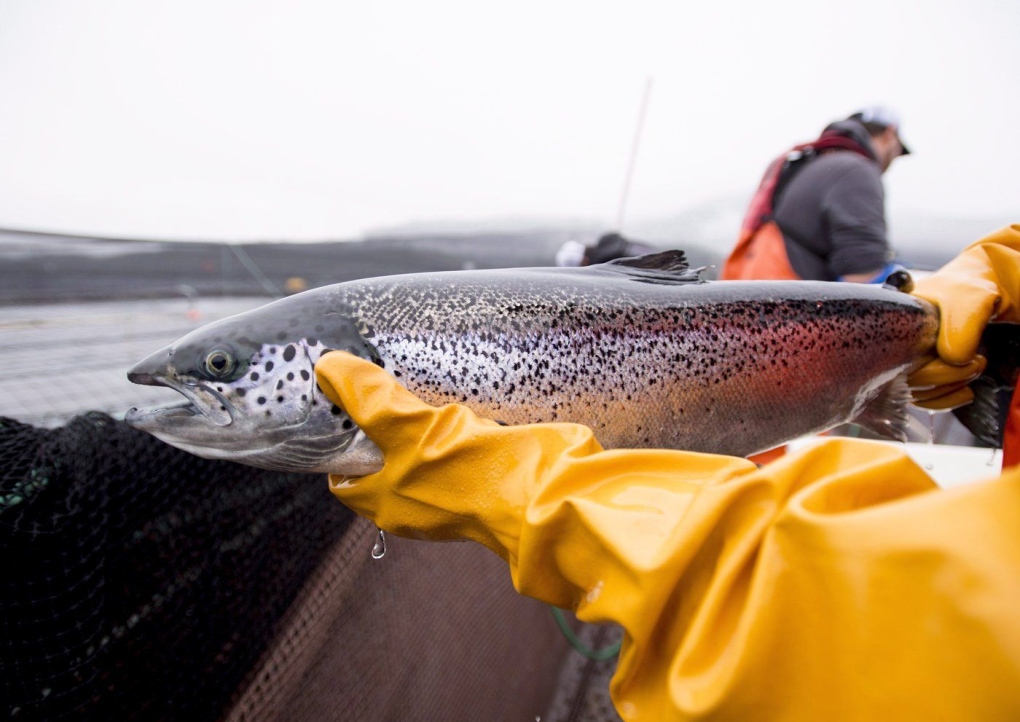These kinds of reports are infuriating.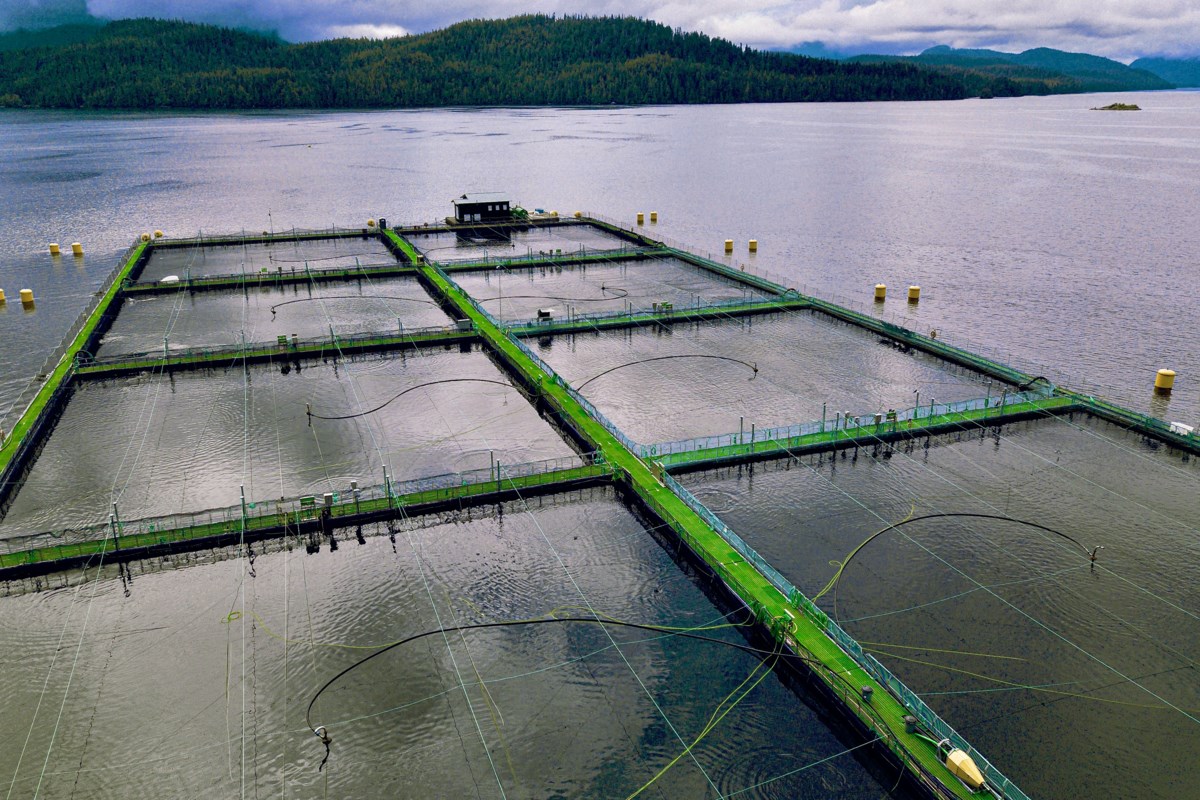
B.C. aquatech firm lands $28M for salmon farm improvements
Campbell River company developed more environmentally friendly salmon farmwww.biv.com
Over the decades science has tracked a virus to it origin, what this virus does to different fish is irrelevant if it kills them, how is a mute point.
Genetics, DNA a source of science without repute. 99% accurate and getting better all the time.
So this virus is tracked down to Norway and those salmon and then to BC JUST AFTER THE FISH FARMS START.
Just after fish farms start salmon runs start declining by 20% or so per year which just coincides with the mortality rate of diseased Atlantic salmon.
Over fishing by people are the cause, FF say. So regulation strangle fishing for wild stocks, hatcheries expand and more are added.
But runs still decline.
Global warming is the cause FF's say, but only in Canada eh? Or better only BC eh?
Meanwhile most fisher people can see a direct correlation between more FFs and the decline of some runs, just a fluke FFs say.
A couple of leading scientists pursue the science and are either muted/censored by the very department whose primary job it is to protect our wild stocks, the other is called a lunatic by FF's and they hire many people to create studies that they want to say something else.
The leaked federal government document that FF's blocked and censored under the threat of loss of employment and criminal charges of any federal scientist that gives out their findings. You see the FF's sat on the board that decided what information would be disseminated to the public AND politicians, so they got away with spoon feeding the politicos what they wanted them to know.
The Orca's, the black fish, the whales are finally enough to make the government act, it only took the death and near extinction of some to get some attention.
First nations evidently are not one big happy family.
Those that get paid by the FF's for a favourable opinion are in conflict with those that have need to the wild stocks for their own hereditary needs, all those along the rivers that go inland. But the FFs certainly don't want that talked about.
The governments FINALLY state that FFs' will be phased out, they are given a time line for the NON RENEWAL of leases. LEASES THAT RUN OUT.
FF's suddenly want to take the country to court, sue Canada because they are letting the leases run out and not renewing them. What? Did Canada and BC sell them the rights to these water ways for their use forever and are reneging on a contract?
Some FF's move and wonder of wonders a few salmon runs rebound, dramatically. Suddenly those runs aren't affected as much by global warming as the FFs were championing.
First Nations, the vast majority want them gone. The government states the will be gone.
Most countries in the world put so many restrictions on FF's the Farms create self-sustaining totally enclosed mobile fish farms or just kick them out. The US has laws against endangering species, people get fined BIG dollars and can go to jail if it is revealed that they knowing broke the law, which in Canada they have known about the virus and it's effect since the beginning. The head BC veterinarian did after all work and was paid by them.
There is more but what are the FFs doing now?
The court case is a stall tactic so they can come up with more feel good stories or stories of how we are saving the world by adding to food stocks.
They kill multi millions of small wild fish washing of sea lice. Now they admit they are washing off sea lice infestations. So where are those sea lice going?
There is a run a sockeye salmon that hang around a bay on the northern west coast, it just so happens there are a few relocated FF's in the area. Now that sockeye run was a lot less than anticipated and in these forums there are pics of sockeye loaded with sea lice and other fish caught at the same time but not sockeye that have different routes or staging areas have hardly any sea lice on them. So why? The sockeye run is easily found on the internet, where it goes. All those pesky recreational fishers have been sending in dna samples and now fish can be tracked.
But FF's still say not.
Just close the bloody things down.
If they are SO SURE they have nothing to do with wild salmon loss challenge them.
Make a bet with them.
Bet them if they voluntarily shut down for 5 years if there is not change in wild salmon runs they can have a 25 year lease on certain portions of the coast selected by ALL Canadian fishers, not some absentee owners. They go where we say. And their new traps have to be mobile and stay out of Georgia and Johnson Straits.
That is a good bet isn't it? IF THEY ARE POSITIVE it isn't them.
If they can spend 4+ million to buy 3 or 4 FNs' and make them the stoolies they are, to me, admitting guilt.
OR Tax the hell out of them. Make them pay $1 a fish for wild hatcheries and $2 per dead fish. Do like other countries, just show up to inspect without warning and hand out BIG fines and moratoriums, months long suspensions of operations.
Or make the endangered species as important as the whales, stop when they are around then use the same reasoning that is used for fishing closures now. Shut down for the whales even when not in the area.
Sea Shepard them.
Recently there was a brief story about whales being caught up or contacting FF nets.
Last edited:

